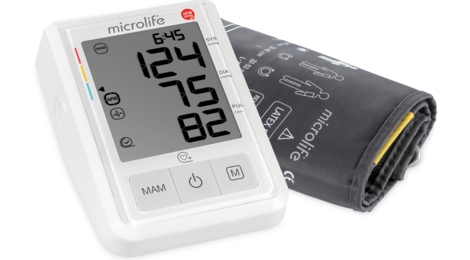


EUROPE
English
English
Europe
- EUROPE - English
- CZECHIA - Čeština
- DANMARK - Dansk
- DEUTSCHLAND - Deutsch
- ESPAÑA - Español
- FRANCE - Français
- HRVATSKA - Hrvatski
- ITALIA - Italiano
- LATVIJA - Latviešu
- LIETUVA - Lietuvių
- MAGYARORSZÁG - Magyar
- NEDERLAND - Nederlands
- ÖSTERREICH - Deutsch
- POLSKA - Polski
- PORTUGAL - Português
- SCHWEIZ - Deutsch
- SLOVENSKO - Slovenčina
- SLOVENIJA - Slovenščina
- SUOMI - Suomi
- SCHWEIZ - Français
- UK - English
- ΕΛΛΆΔΑ - Ελληνικά
- БЪЛГАРИЯ - Български
- СРБИЈА - Српски
- УКРАЇНА - Українська
- TÜRKIYE - Türkçe
- РОССИЯ - Русский
- БЕЛАРУСЬ - Русский
Asia
Middle East and North Africa
USA, Latin America









